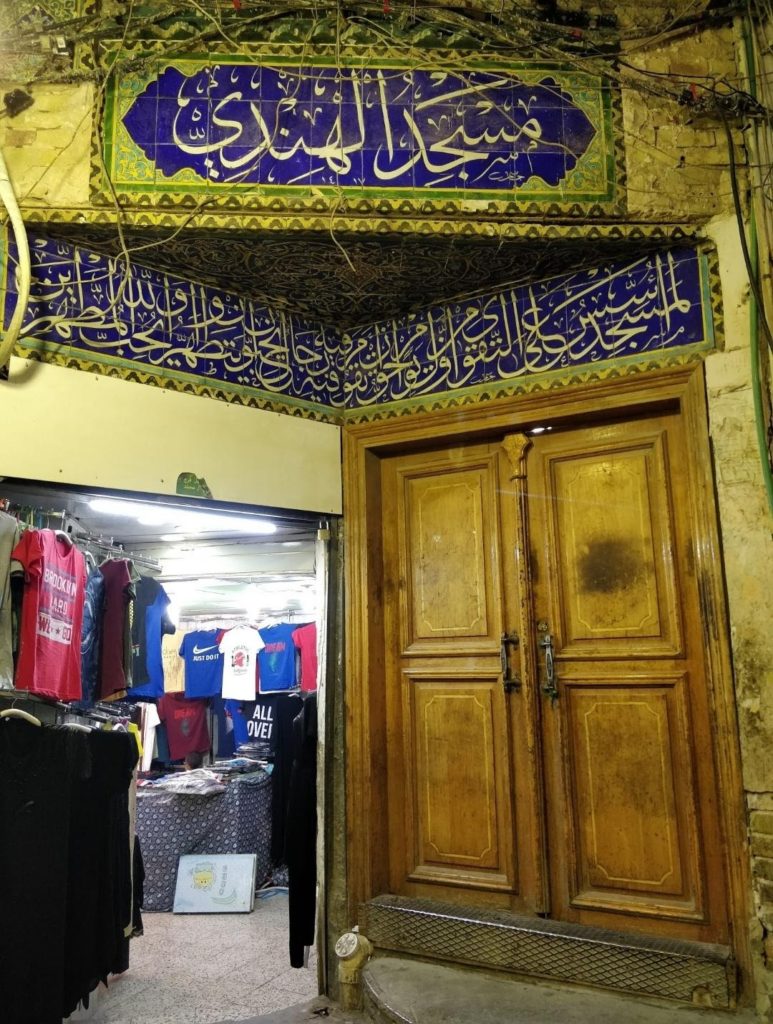I was fortunate to be able to participate in the Introduction to Islamic Manuscripts class taught by Dr. Marianna Shreve Simpson through the Rare Book School (RBS) in 2019. Simpson has had an extensive career curating, researching and teaching on Islamic art and book arts. She has held curatorships at the Freer Gallery of Art and Arthur M. Sackler Gallery and the Walters Art Museum, along with a number of other roles.
RBS offers 5-day courses related to the history of the book on a variety of topics. The Introduction to Islamic Manuscripts Course was taught once in 2006, and then started being offered again in 2018. Over the course of a week, we learned about the different components of manuscripts with the collection at the Free Library in Philadelphia.
Besides enjoying the hands-on time with some lovely manuscripts, a big highlight was learning from Simpson! Given that there are limited opportunities to learn about Islamic codicology, or the study of books as material objects, I wanted to hear more about her interventions into this field, as well as her curatorial experiences.
(Questions prepared by Heather Hughes)
Continue reading “Grounding Theory in Material Objects: An Interview with Dr. Marianna Shreve Simpson”
